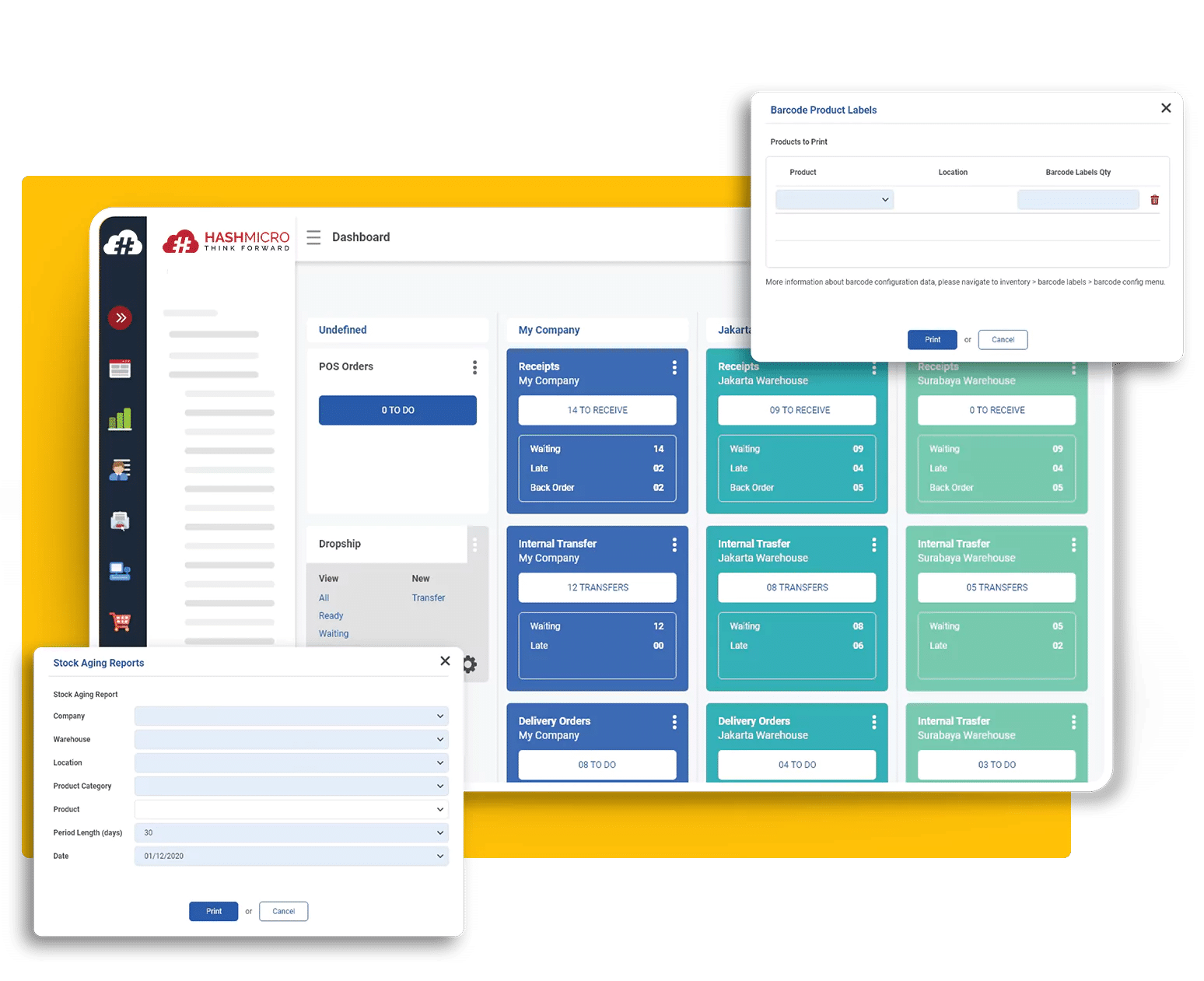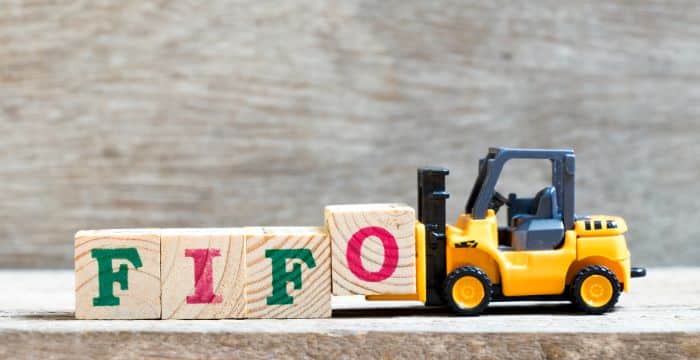Food waste is a significant issue worldwide, with staggering amounts of food discarded in restaurants and other food service establishments. However, mitigating the waste is possible with effective inventory management. The inventory system plays a crucial role in preventing food waste. It ensures that ingredients are properly stored, rotated, and utilized in a timely manner.
By understanding the role of an inventory system, restaurants can implement effective strategies to minimize waste, improve sustainability practices, and reduce costs. Thus, we will explore the importance of inventory management in addressing food waste and the effective techniques to reduce it in this article.
Table Of Content
What Are the Types of Restaurant Food Waste?
Restaurants and other food establishments generate a substantial amount of food waste on a daily basis. Understanding the different types of restaurant food waste is essential in identifying the root causes and implementing effective waste reduction strategies. By examining these different types, you can gain insights into how to maximize waste reduction.
Inventory waste
Inventory waste is a common issue that occurs when purchased ingredients are not utilized in a timely manner and end up spoiling. Many restaurants buy ingredients in bulk to stock their kitchens, but they may encounter situations where unused or expired ingredients are left unused. This can happen when the chefs only use a small portion of an ingredient or when ingredients are not properly rotated. This results in expiration before they can be utilized.
One effective way to mitigate inventory waste is by leveraging cloud-based inventory management systems. These digital solutions provide real-time tracking of stock levels, expiration dates, and usage patterns, helping restaurants optimize ingredient utilization and reduce spoilage.
Plate waste
The second type of restaurant food waste is plate waste, which refers to the situation where customers don’t consume all of the food that they have ordered. Instead, they leave leftovers that are subsequently discarded. This behavior can result in a considerable amount of food waste. Plate waste occurs due to various reasons, such as oversized portions that may be too much for customers to finish, lack of appetite, or change of mind about their food preferences.
Overproduction
This type of food waste occurs when you prepare an excess of food beyond what you actually require. In restaurants, it is common for chefs to make more food than they anticipate selling, causing significant quantities of unused or unsold food that end up being discarded. This situation arises when there is an overestimation of customer demand. Additionally, it may also arise when the chefs fail to accurately predict the amount of leftover food at the end of the day.
Spoilage
Spoilage refers to food that has become spoiled or expired due to inadequate storage conditions and mishandling. When restaurants don’t have effective inventory management practices in place, they run the risk of ending up with food items that are no longer suitable for serving customers. Furthermore, improper storage techniques can lead to food spoilage or a decline in quality, rendering it unsuitable for sale before its intended shelf life.
Also Read: What Is ERP System Inventory Management and Its Benefits
Effective Techniques to Reduce Food Waste in Your Restaurant
Reducing food waste is a critical step towards sustainable and efficient restaurant operations. By implementing effective techniques and best practices, restaurants can minimize food waste, save costs, and contribute to environmental conservation. These techniques can help them take proactive measures to tackle all the issues.
Track inventory with an inventory system

By having a clear overview of your inventory, you can minimize wastage and optimize purchasing decisions. Moreover, you can also ensure that your food items are used before they reach their expiration date, ultimately improving operational efficiency and reducing unnecessary food waste.
Implement portion control
To reduce food waste in restaurants, you can implement portion control. This involves carefully measuring and controlling the amount of food that is prepared and served to customers. Over-preparing or over-serving food can result in a significant amount of food waste as unused portions are often discarded.
By implementing portion control techniques, restaurants can ensure that they only prepare and serve the precise amount of food that is necessary. This not only helps in reducing food waste but also in saving costs by minimizing unnecessary food purchases and lowering disposal costs.
Deploy the FiFo method
The FiFo (First in First out) method is an effective technique to reduce waste in restaurants. It involves organizing and using ingredients based on their purchase or production date. Therefore, this ensures that older ingredients are used first to minimize spoilage and waste.
Implementing FiFo in inventory management promotes proper ingredient rotation, prevents unused ingredients from sitting too long, and reduces the risk of using expired or spoiled ingredients. This approach can lead to cost savings, improved operational efficiency, and better sustainability practices in the restaurant industry.
Foster a strong relationship with your suppliers
Collaborating closely with suppliers is crucial in order to optimize food ordering and minimize waste. By working in tandem with your suppliers, you can establish effective communication channels. You can do that to ensure that you only order the necessary amount of food and avoid over-ordering or excessive inventory.
This can involve negotiating delivery schedules and minimum order quantities with suppliers to align with your actual needs and consumption patterns. This technique can effectively reduce the amount of food that ends up being wasted.
Conclusion
In conclusion, inventory systems play a big role in reducing restaurant food waste. The most recommended inventory system is HashMicro’s Inventory Management System. With its complete features, you can reduce food waste. Especially with the inventory forecasting feature, you can predict the quantity of food items that need to be supplied within a specified future timeframe.
Restaurants can also save costs even more due to the reasonable prices of HashMicro’s inventory system. Not only that, but there is also the Productivity Solutions Grant that you can claim up to 50%. For more details regarding the system, you can try out the free demo or you can contact HashMicro here.

























































